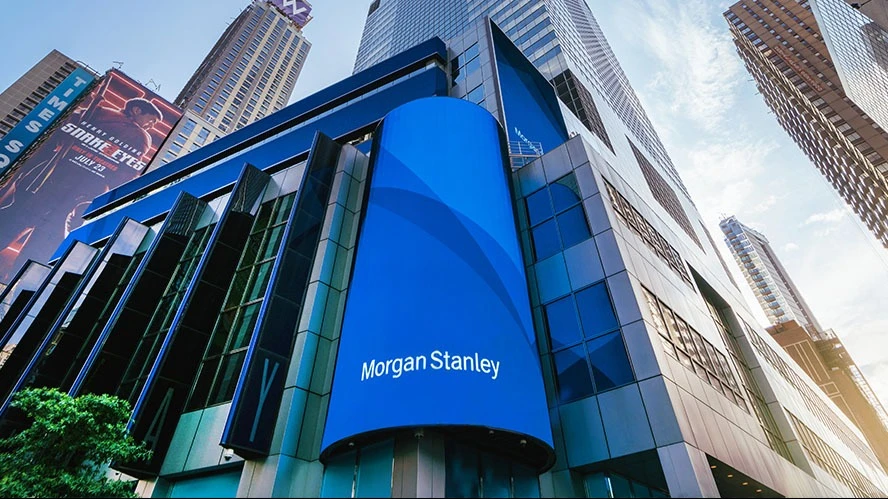After July inflation, Morgan Stanley asks: Is it time to pivot into small caps?

Weaker-than-expected U.S. inflation suggests it may be time to pivot into small-cap stocks and other risk assets, according to Morgan Stanley. Price growth in July came in below forecasts despite tariffs, fueling expectations of more aggressive rate cuts by the Fed. That would benefit smaller companies, whose borrowing costs are often tied to Fed rates.
Details
Yesterday's cooler inflation print could mean it’s finally time to pivot into small caps and lower-quality stocks, Morgan Stanley said in a note quoted by CNBC. It was released on Monday, before the inflation data came out.
The Bureau of Labor Statistics reported that the CPI showed a year-over-year increase of 2.7% in July, less than a Dow Jones consensus for a 2.8% expansion. The report soothed stagflation fears and added to hopes that the Fed will actually cut more this year than previously anticipated. It is now projected to make three quarter-percentage-point cuts this year, up from two, according to the CME FedWatch Tool, CNBC writes.
If the latest outlook for rate cuts this year holds, as more traders are starting to expect, that could be a boon for small caps, said Mike Wilson, chief U.S. equity strategist at Morgan Stanley. For smaller companies with floating-rate debt coming up for refinancing, such a move would ease interest expenses and support operating margins.
Further arguments
In addition, an improving monetary policy outlook could be a boon to lower-quality companies, which are sensitive to changes in interest rates, Wilson argues.
Some names of companies with weak balance sheets and low returns on capital include Caesars Entertainment, United Airlines, and Dollar General, according to a recent screen from Goldman Sachs, CNBC wrote.
In 2025, small caps have underperformed as investors pile into larger companies with fortress balance sheets to weather headlines out of Washington and a choppy macroeconomic outlook, Wilson notes. For example, the S&P 500 is up 9.59% year to date, while the Russell 2000 is up just 2.47%. But the Morgan Stanley strategist says he’s bullish over the next 6-to-12 months because of a rebounding earnings and cash flow environment.
The AI translation of this story was reviewed by a human editor.
